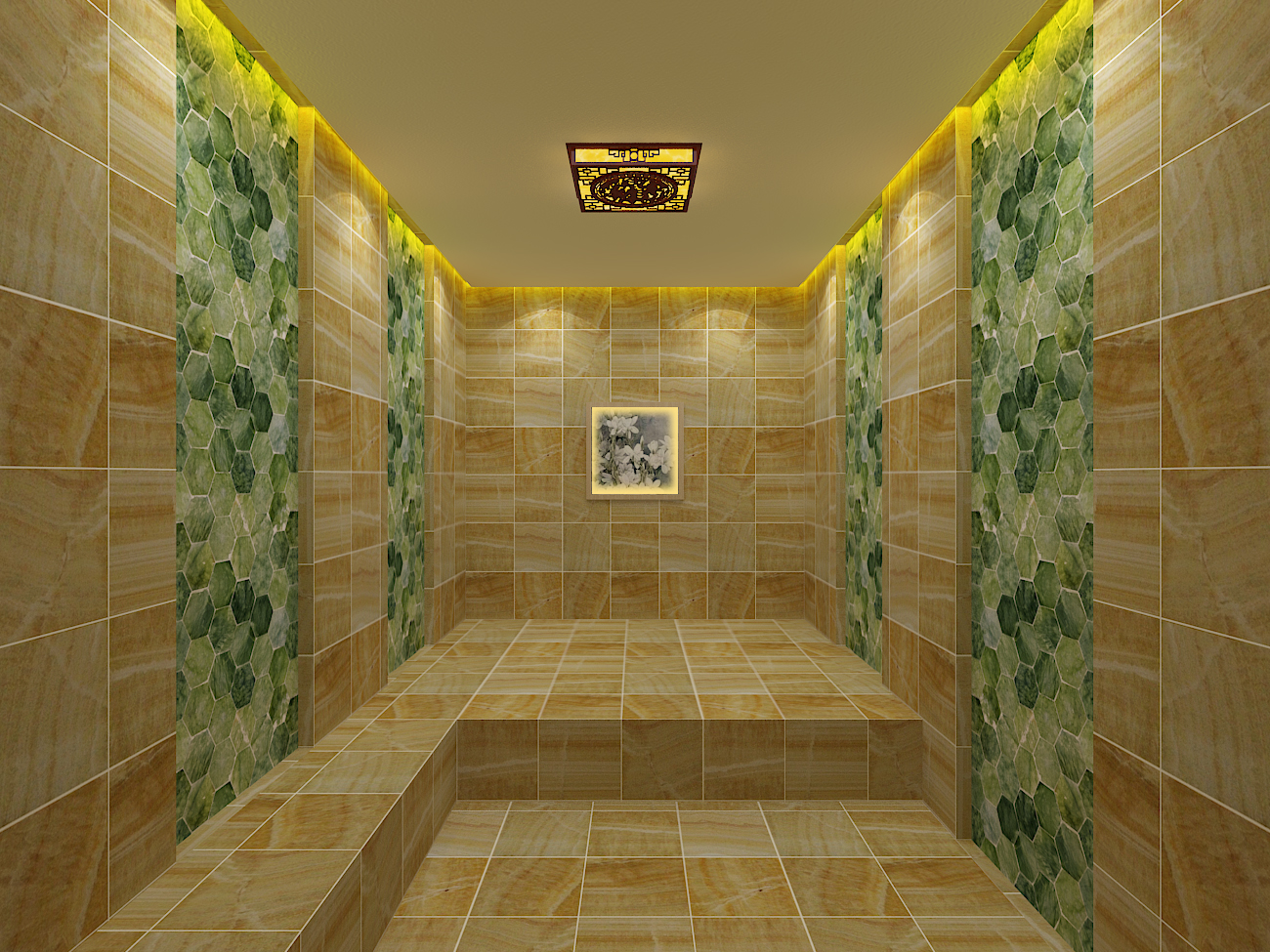
In recent years, as the popularity of infrared saunas has grown, there has been a significant development in materials specifically designed for these modern wellness spaces. This article aims to explore these new materials and highlight their differences from traditional sauna materials.
One of the key components in infrared sauna rooms is the heating element. Carbon fiber heaters have emerged as a popular choice. These heaters are designed to emit far-infrared rays efficiently. They are lightweight, durable, and can heat up quickly. Compared to traditional metal heaters, carbon fiber heaters provide a more even distribution of heat throughout the sauna room, ensuring a consistent and comfortable sauna experience. They also consume less energy, which is both cost-effective and environmentally friendly.
To maximize the efficiency of the infrared heat, new reflective insulation materials are used in infrared sauna rooms. These materials are typically made of a combination of aluminum foil and other insulating layers. They are designed to reflect the infrared rays back into the sauna space, reducing heat loss and increasing the overall effectiveness of the sauna. In contrast, traditional saunas may use less efficient insulation materials like fiberglass, which may not have the same level of reflectivity and heat retention capabilities.
For the construction of the sauna room itself, there are now new non-toxic wood alternatives available. Bamboo and hemlock are becoming popular choices. Bamboo is a sustainable material that is not only strong and durable but also has a natural resistance to moisture and pests. Hemlock, on the other hand, has a beautiful grain and provides a pleasant aesthetic. These materials differ from traditional sauna woods like cedar, which while having a pleasant aroma, may be more expensive and not as environmentally friendly in some cases. The new non-toxic wood alternatives are often treated with natural finishes to enhance their durability and maintain a healthy indoor environment.
In terms of controlling the sauna's temperature and other functions, advanced electronic controls have been developed. These systems allow users to precisely set and maintain the desired temperature and time settings. They may also include features such as LED displays, touchscreens, and even connectivity options for smart devices. Traditional sauna controls were often more basic, with simple dials or switches, lacking the precision and convenience of the modern electronic controls used in infrared sauna rooms.
The new materials in infrared sauna rooms, such as carbon fiber heaters, offer a more targeted and efficient heating method. They emit infrared rays that penetrate the skin deeper than the heat generated by traditional sauna heaters. This results in a more efficient warming of the body from the inside out, rather than just heating the air around the user. Traditional sauna materials rely on convection and conduction to heat the air and then the body, which can take longer to reach the desired temperature and may not provide the same level of deep tissue heating.
The use of new materials like bamboo and energy-efficient carbon fiber heaters in infrared saunas is more environmentally friendly. Bamboo is a rapidly renewable resource, and carbon fiber heaters consume less energy. In contrast, traditional saunas may use materials that are not as sustainable, and their heating systems may be less energy-efficient. For example, traditional saunas often use wood that is sourced from slower-growing tree species, and their heaters may require more electricity or fuel to operate, contributing to a higher carbon footprint.
The new materials for infrared sauna rooms offer more design flexibility. The reflective insulation materials can be incorporated into the design in a more seamless way, and the non-toxic wood alternatives like bamboo and hemlock provide a different look and feel compared to traditional sauna woods. Additionally, the advanced electronic controls with their sleek displays can enhance the overall aesthetic of the sauna room. Traditional sauna designs were often more limited in terms of materials and control options, with a focus on functionality rather than a modern, stylish appearance.
The new non-toxic wood alternatives and better insulation materials in infrared saunas contribute to a healthier indoor environment. They reduce the risk of off-gassing and mold growth compared to some traditional sauna materials. The precise temperature control provided by the advanced electronics also ensures a safer sauna experience, preventing overheating and potential burns. Traditional saunas, especially if not properly maintained, may have issues with air quality due to the use of certain materials and less accurate temperature control.

